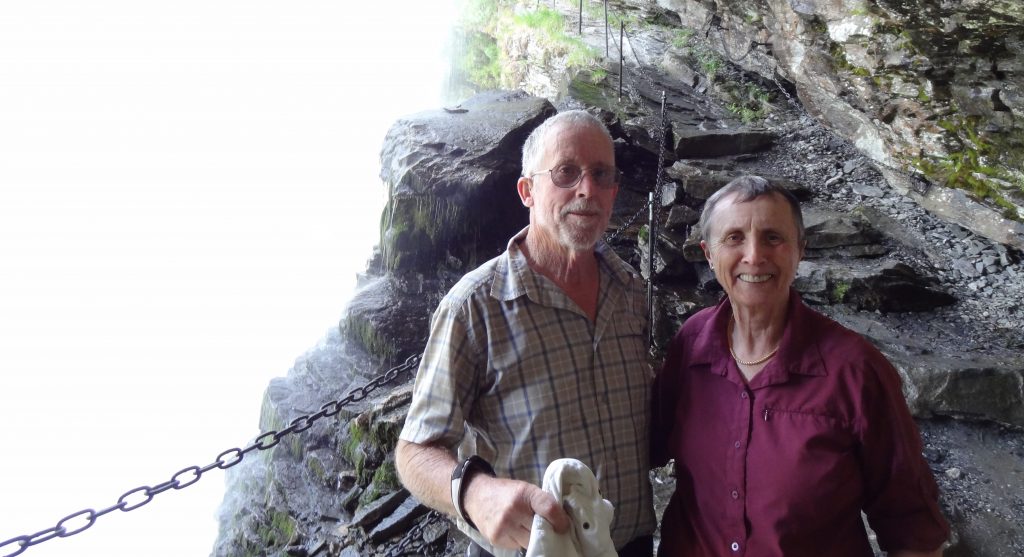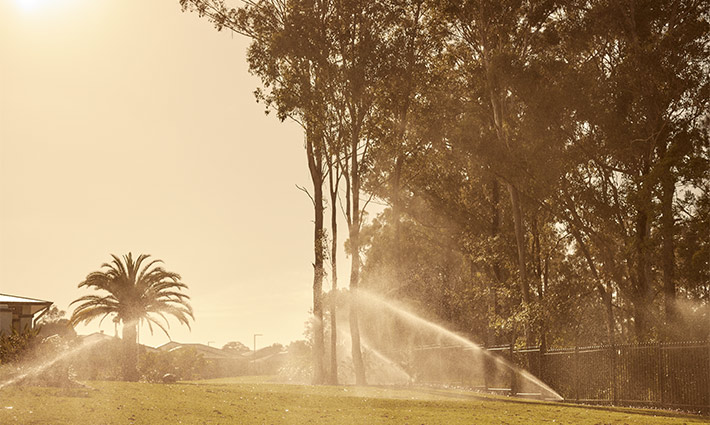
A cruise from the UK to Russia provided veteran travelers John and Janet Croft a cost effective way of visiting Iceland and Norway while delving deep into some little-known history of the Second World War.
The Nordic countries are expensive to visit as land-based tourists, but the spectacular landscapes are essential to see for serious travellers.
“The ship offered us the chance to learn a lot of history and see lots of fascinating geography – particularly in Iceland – at a reasonable cost,” explains Janet.
It took five days to circumnavigate Iceland, during which time the Crofts saw spectacular and varied geographies dotted with towns, hot springs, glaciers, geysers, and an assortment of birdlife including puffins and eider ducks.
The second leg of the cruise took the travellers north along the coast of Norway, and then east into Russia.
On the summer solstice, the cruise sailed the Barents Sea past North Cape under a midnight sunrise.
Next, Russian port of Murmansk, into the White Sea – a southern inlet of the Barents Sea that is home to the Solovetsky monastery – and finally the port city of Archangel.
“This area around the North Cape to the White Sea was where British and other allied shipping convoys took supplies to the Russians during World War II, to aid in their fight against the Germans,” explains John.
The German effort to take the port city of Murmansk left the far northwest of the country cut off, and it was up to the Allies kept the resistance supplied with food and weapons. The Germans were never able to take the port city, which continued to operate throughout the war.
Half of the ships that sailed to help the Russians were lost at sea. It is not an aspect of the Second World War that Australians are familiar with, but nevertheless, it was a turning point in the battle against Germany.
It was only the second cruise ship to visit that part of Russia, and the local people warmly welcomed the visitors. “Many of the British passengers had connections with sailors who were in these convoys, so the trip was quite a serious pilgrimage for them.”
The Solovetsky Monastery is a beautiful, but somber place. The island’s magnificent and ornate buildings were the site of a Soviet gulag where more than one million prisoners died during Stalin’s rule.
It was here that Alexandre Solzhenitsyn, author of his Nobel Prize-winning book, The Gulag Archipelago, was imprisoned; his experiences inspired him to write the book to shed light on Soviet atrocities.
From Russia, the cruise returned to the destination from which it departed weeks earlier, Portsmouth, via the Faroe Islands and Shetland Islands.
The Crofts have visited 100 countries together since they met in 1971. The couple met in London and then completed the so-called “hippy trail” across Europe, the Middle East and through Burma together on their way back home to Australia.
Six years later the Crofts married. They put travelling on hold as they raised four children and pursued careers in agriculture and teaching.
The couple spent 18 years in Guyra, NSW, before moving to Grafton where they lived for 11 years – until retiring to Living Gems Toowoomba, in part to be closer to their children.
About 15 years ago, the Crofts sold the farm and resumed their travels.
“We used to be backpackers, and then we became ‘flashpackers’,” explains Janet. “We now take a taxi every so often!”
For them, travel is more than just seeing new countries; it is an opportunity to learn about new cultures, about history and about people.
They were able to use their skills to secure work in various countries, and have enjoyed multiple stays in places such as Africa and Cambodia, where Janet taught English at a luxury resort while John talked to Bhuddist monks about Australia.
She also taught at the School of St. Jude which is home to 2,000 students who are the poorest of the poor.
“When you are not travelling five stars, it is much cheaper to live in Asian countries for a few months than to live in Australia,” Janet says.
A common question Crofts face with when they return from travelling is ‘was it safe?’ They are keen to dispel the fears that can prevent people from venturing from Australia and seeing the world.
“We have always found local people welcoming, especially away from the tourist hostpots,” says John.
“We have learned such a huge amount about the countries we have visited – their history, the people and their religions.”
In Jordan they discovered that the Great Mosque of Damascus began life as a Roman Temple to Diana, before becoming a Christian church and Islamic Mosque. During the following 200 years, the venue was a shared place of worship and it is today home to both Islamic and Christian relics.
It reminds us of how people of different religions can live peacefully alongside one another.
For their next break, the Crofts will visit the Pacific Islands on a short cruise from Fiji to Tahiti via Tonga and the Cook Islands in late September-October.







